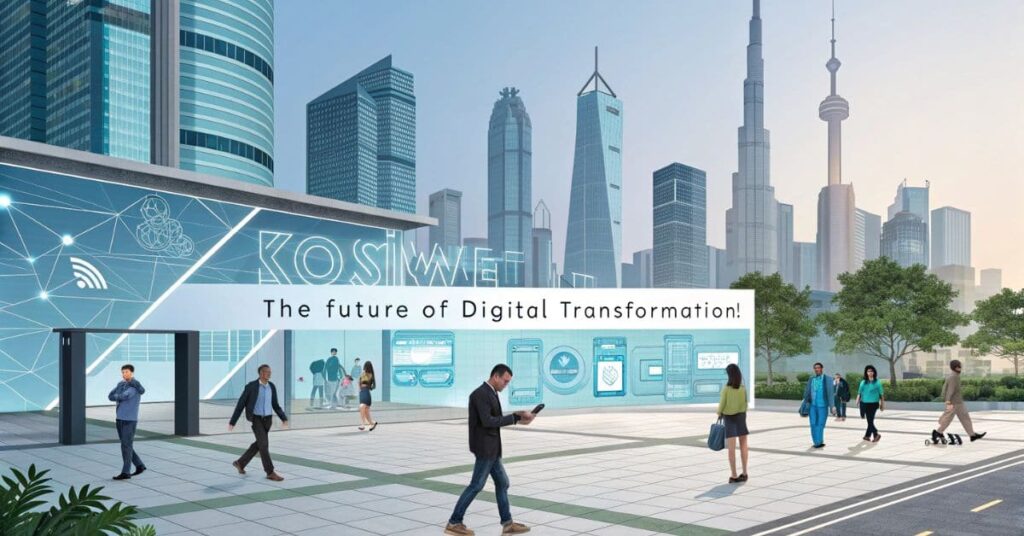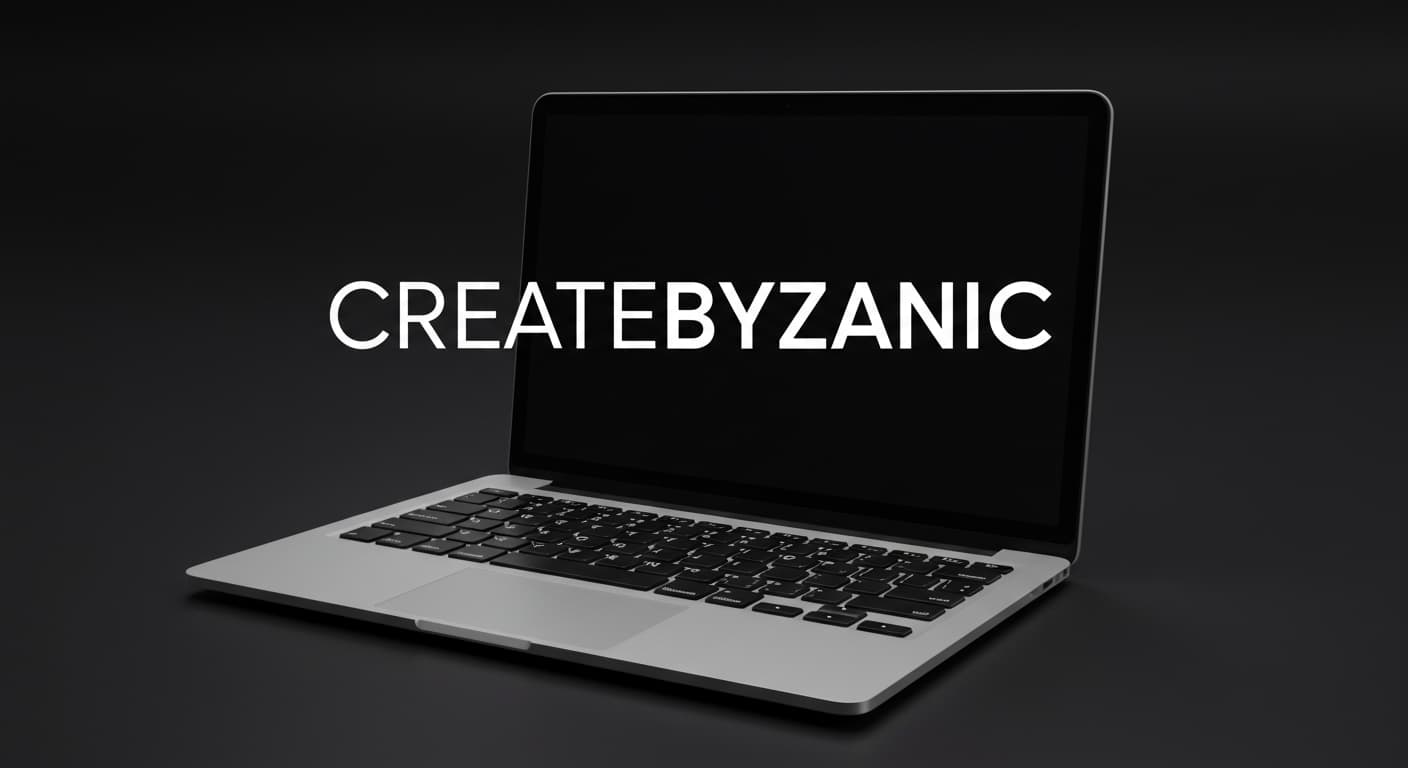In today’s fast-paced digital age, businesses are continuously evolving to stay competitive, and new frameworks are being introduced to meet these demands. One such emerging concept is Zoswerheoi, a revolutionary approach that blends advanced technologies, human-centered design, and agile methodologies to fuel digital transformation across industries.
Zoswerheoi is more than just a buzzword; it represents a holistic shift in how organizations operate, innovate, and scale in the 21st century. In this article, we will explore what Zoswerheoi is, its core principles, practical applications, and how it is poised to shape the future of digital transformation.
The Origins of Zoswerheoi – Understanding the Genesis of Zoswerheoi!
The term Zoswerheoi is relatively new, coined to represent an all-encompassing framework for modern businesses facing the challenges of digital transformation. The term itself is an acronym that reflects the ten guiding principles that drive this innovative approach. While its exact origins are still a matter of discussion, its development can be traced back to experts and innovators who sought a more flexible, scalable, and people-centric model for digital growth.

Key Influences Behind the Framework
The development of Zoswerheoi was influenced by multiple modern methodologies:
- Agile Methodologies: Emphasizing flexibility, iterative processes, and rapid feedback.
- Human-Centered Design: Placing human needs, values, and behaviors at the center of innovation.
- Open Innovation: Encouraging collaboration with external networks and stakeholders to drive creativity and breakthrough solutions.
These principles come together to form a framework that is adaptable, inclusive, and designed to foster continuous improvement.
Core Principles of Zoswerheoi
1. Zero-Friction Workflows
At the heart of Zoswerheoi is the idea of zero-friction workflows. This concept advocates for seamless operations by removing barriers that hinder progress. Whether it’s through automating repetitive tasks, simplifying communication channels, or optimizing collaboration tools, zero-friction workflows ensure that businesses can operate smoothly and efficiently.
Key Benefits:
- Increased Productivity: With fewer roadblocks, employees can focus on value-adding tasks.
- Faster Decision-Making: By removing unnecessary steps, businesses can make quicker and more informed decisions.
2. Open Innovation Networks
Zoswerheoi also emphasizes the power of open innovation networks. Instead of relying solely on internal resources, organizations are encouraged to collaborate with external partners—such as startups, academic institutions, and industry experts—to accelerate innovation.
Key Benefits:
- Expanded Knowledge Base: External partnerships introduce fresh perspectives and new technologies.
- Faster Innovation: Access to a wider range of ideas leads to quicker development cycles.
3. Scalable Experimentation
Scalable experimentation involves testing ideas and solutions at various levels, from small pilot projects to large-scale initiatives. By applying a test-and-learn approach, businesses can validate concepts before fully committing resources.
Key Benefits:
- Reduced Risk: By experimenting on a smaller scale, companies can identify potential problems early.
- Adaptability: Scalable experimentation allows businesses to pivot quickly when needed.
4. Wholistic Outcome Focus
Rather than focusing solely on outputs or processes, Zoswerheoi stresses the importance of a wholistic outcome focus. This means aligning every project, task, or initiative with the overall goals and mission of the organization.
Key Benefits:
- Clear Direction: Teams are aligned towards achieving common business objectives.
- Improved Results: A focus on outcomes ensures that efforts contribute to measurable success.
5. Empathetic Leadership
Leadership in the Zoswerheoi framework is grounded in empathy. Empathetic leadership promotes understanding, compassion, and active listening, enabling leaders to connect with their teams on a deeper level.
Key Benefits:
- Enhanced Collaboration: Leaders who understand their teams’ needs foster better teamwork.
- Stronger Culture: Empathy in leadership cultivates trust and respect, creating a positive work environment.
6. Rapid Prototyping
Rapid prototyping is another key principle of Zoswerheoi. The framework encourages organizations to develop and test prototypes quickly, iterating on them based on feedback before launching full-scale solutions.
Key Benefits:
- Quick Market Entry: Prototypes allow businesses to test new products or services quickly.
- Customer-Centric Design: Rapid prototyping helps refine offerings based on user feedback.
7. Human-First Decision Making
In a world driven by technology, Zoswerheoi emphasizes the importance of human-first decision-making. This principle advocates for putting people—whether customers, employees, or partners—at the center of all strategic decisions.
Key Benefits:
- Improved Customer Experience: Decisions made with the customer in mind lead to better satisfaction.
- Employee Engagement: By considering employees’ needs, businesses can enhance job satisfaction and retention.
Practical Applications of Zoswerheoi

How Zoswerheoi Can Transform Various Industries
While Zoswerheoi is widely applicable to all sectors, its influence is particularly noticeable in industries such as:
- Technology and Startups: Quick adaptability and rapid prototyping give startups the flexibility to pivot and thrive.
- Enterprise Businesses: Large corporations benefit from the scalability and ecosystem integration aspects of Zoswerheoi.
- Nonprofits: Nonprofit organizations can apply Zoswerheoi to streamline operations and enhance their social impact.
Real-World Case Studies
Several global companies have already begun to adopt aspects of Zoswerheoi, and the results have been promising. For instance, a leading e-commerce company integrated open innovation networks to bring in new technological solutions, which accelerated product development by 40%.
The Role of Zoswerheoi in Digital Transformation

Zoswerheoi vs. Traditional Digital Transformation Models
Traditional digital transformation models often focus on technology integration and process optimization. Zoswerheoi, on the other hand, takes a more holistic approach by focusing on outcomes, human-centric design, and cross-industry collaboration.
Why Zoswerheoi is More Adaptable
The flexibility of Zoswerheoi allows it to be applied across a range of industries and business sizes. Its agile and open innovation frameworks enable organizations to continuously evolve, which is crucial in the ever-changing digital landscape.
Conclusion
Zoswerheoi is more than just a framework; it is a transformative approach that redefines how businesses engage with technology, collaborate across ecosystems, and prioritize human-centered design. By focusing on principles like zero-friction workflows, empathetic leadership, and rapid prototyping, organizations can achieve a competitive edge and position themselves for long-term success.
As businesses continue to navigate the complexities of digital transformation, Zoswerheoi will remain a powerful tool to guide them toward innovative, agile, and sustainable growth.
Frequently Asked Questions (FAQs)
What is Zoswerheoi?
Zoswerheoi is a comprehensive digital transformation framework that integrates agile methodologies, human-centered design, and scalable experimentation to drive innovation and growth.
How does Zoswerheoi benefit businesses?
By removing friction, fostering innovation, and placing humans at the core of decision-making, Zoswerheoi helps businesses become more adaptable, efficient, and customer-centric.
Can Zoswerheoi be applied to large organizations?
Yes, Zoswerheoi is scalable and can be successfully implemented in both small startups and large enterprises, offering benefits at all organizational levels.
What makes Zoswerheoi different from other frameworks?
Unlike traditional models that focus on processes, Zoswerheoi is outcome-driven and emphasizes a collaborative, human-first approach to transformation.
Is Zoswerheoi relevant for nonprofits?
Absolutely! Nonprofits can leverage Zoswerheoi to streamline operations, improve stakeholder engagement, and increase their impact.
Read Also:


































![[img]https://lookpic.com/cdn/i2/s/05282024182719-002.jpg[/img] – Everything You Need to Know About! Everything You Need to Know About!](https://www.rownavigators.com/wp-content/uploads/2025/02/Everything-You-Need-to-Know-About.webp)